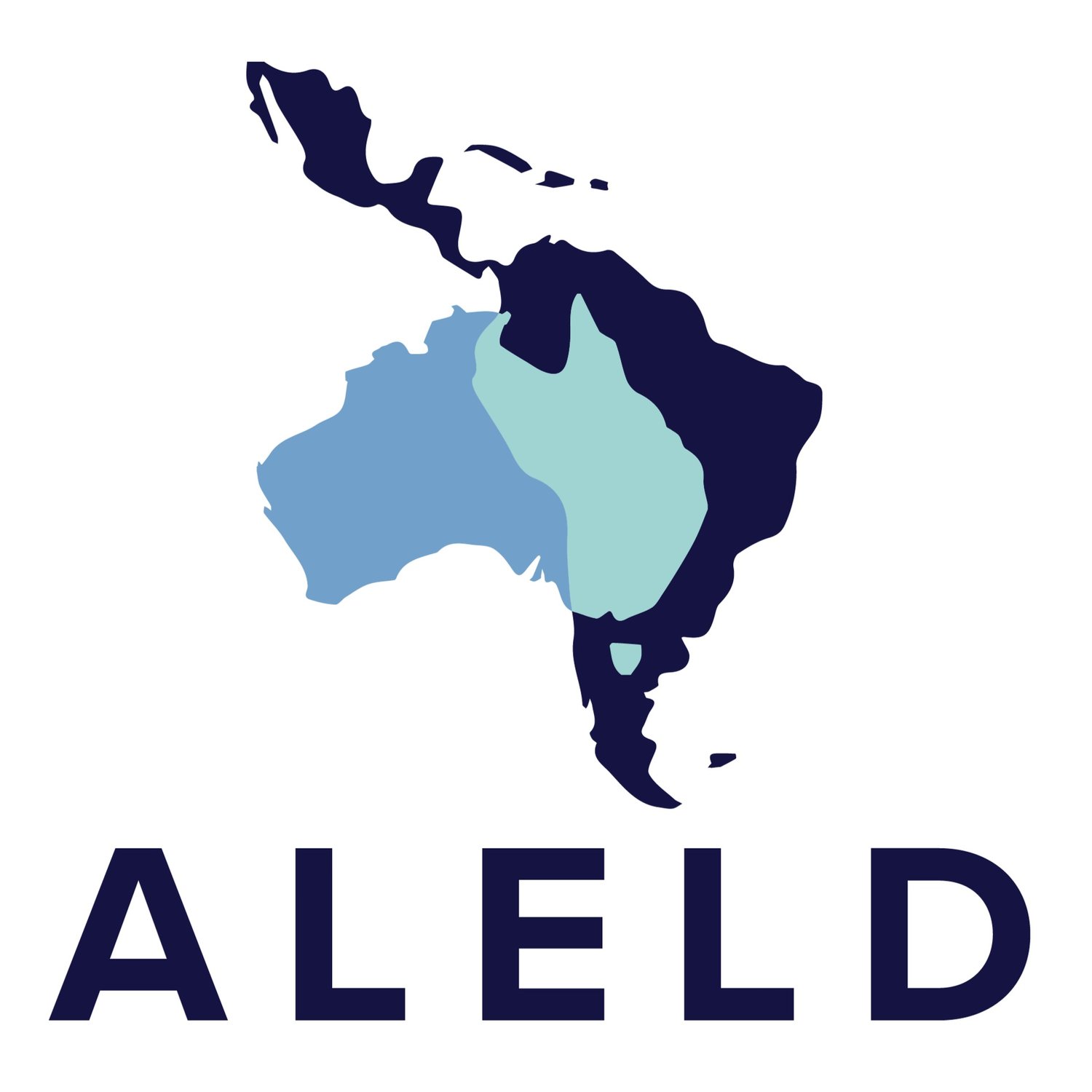Victoria, Australia
Photo by Simona Sergi on Unsplash
To the southeast of Australia, you will find the state of Victoria, the land of the Great Ocean Road, footy (what locals call Australian Rules Football) and a huge variety of international cuisine. Even though it is the second smallest state by land-mass, Victoria hosts over six million people making it the most densely populated state. Victoria shares borders with New South Wales to the north, South Australia to the west, as well as the Bass Strait, Tasman Sea, and the Antarctic Ocean.
Most Victorians live around Port Phillip Bay, where you will find the capital city, Melbourne. It hosts over five million people, making it the second largest city in Australia. The European settlement was founded in 1835 and incorporated into the Crown a couple of years later. The 1850s Gold Rush was the catalyst of the fast growth, European and Asian immigration, and development that would catapult the city to become the richest in the world at the time.
The state is organised in a parliamentary democracy governed by the Parliament of Victoria and its Premier. The Parliament is formed by two chambers: the Legislative Assembly, which is the lower house; and the Legislative Council, which is the upper house. Victoria is split into 79 local government areas or municipalities which are governed by a City Council or Shire Council, for rural areas.
Photo by Ante Rendulić on Unsplash
With a total gross state product of A$459 billion Victoria is Australia’s second-largest economy. The main industry is the finance and insurance services sector (12.8%) followed by professional, technical services (9.1%), manufacturing (8.6%), health care and social services (8.5%), and construction (7.7%). Even though agriculture is not in the top five, it has been very important to the state in recent years. During the early 2000s, Victorian agricultural production accounted for a quarter of the whole production of the country. Grains represent the main crops with wheat (50%) being the largest, followed by barley (33%) and oats (7%). When it comes to livestock, the largest industry is dairy farming, not only for the state, but for the whole country. Victoria hosts 60% of all dairy cattle and accounts for two thirds of the production in Australia.
If you find yourself in this amazing state, these are the places you must visit to grasp the full experience: Brighton Beach, a drive through the Dandenong Ranges during autumn, the Great Ocean Road and the Twelve Apostles. Whilst in Melbourne, you should check out the city’s laneways, the Melbourne Museum and Aquarium, the National Gallery of Victoria, the Melbourne Cricket Ground, and to top it off, the Eureka Tower, the third tallest building in Australia in 2022.
Photo by Pat Whelen on Unsplash
Quick Facts:
Melbourne hosts the largest urban tram network in the world, with over 250 km of tracks.
Melbourne was consistently ranked as the world’s most liveable city during the 2010s.
The Gunditjmara (a western Victorian Aboriginal nation) oral account of Budj Bim’s eruption over 37,000 years ago is considered the world’s oldest story, still told today.
Prior to European colonisation, murnong (yam-daisy) was a widely grown crop grown by Victorian Aboriginal nations.
Melbourne is commonly referred to as the world’s sporting capital.
Port Melbourne is the busiest seaport in Australia.
Photo by Cassie Lafferty on Unsplash




